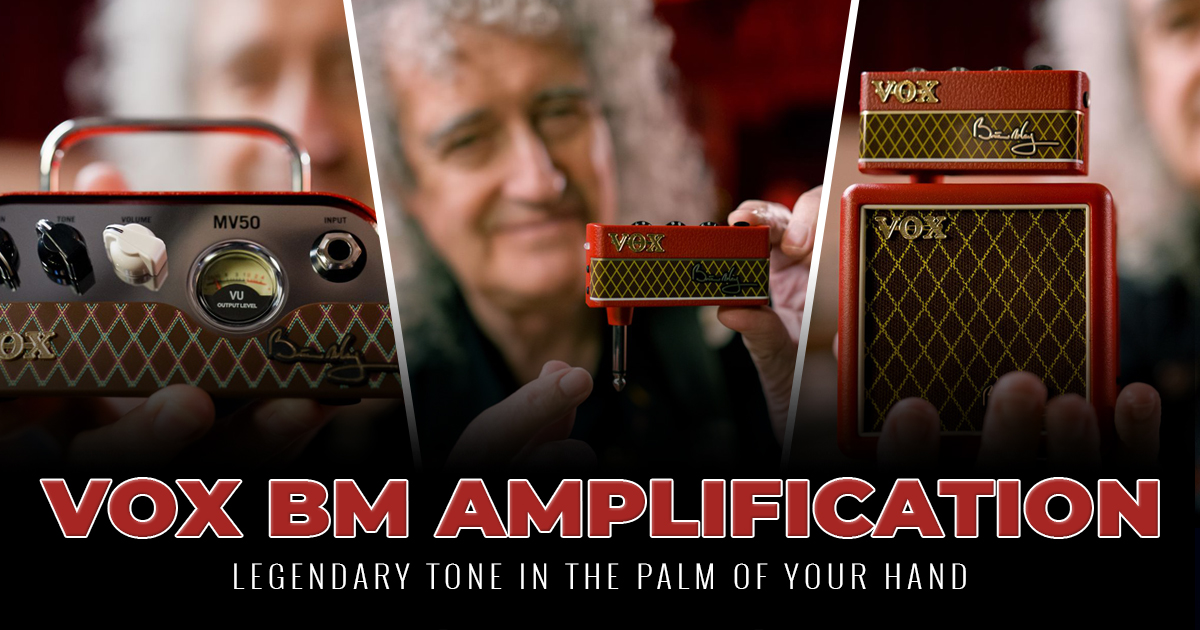
Since 1957, Vox Amplifiers have provided the foundation for some of the most memorable moments in rock and roll history, and of course have been an integral part of Sir Brian May's distinctive tone throughout his storied career.
Now, in collaboration with the legendary guitarist himself, Vox have designed and developed exclusive, new Signature Series versions of their unique amPlug and MV50 micro NuTube head which aim to give guitarists “the Brian May tone in the palm of your hand”.
For your convenience, if any of these products is marked as currently out of stock, you are invited to navigate to the relevant product page where you can register to receive an automatic email notification immediately they are re-stocked and available for online purchase.
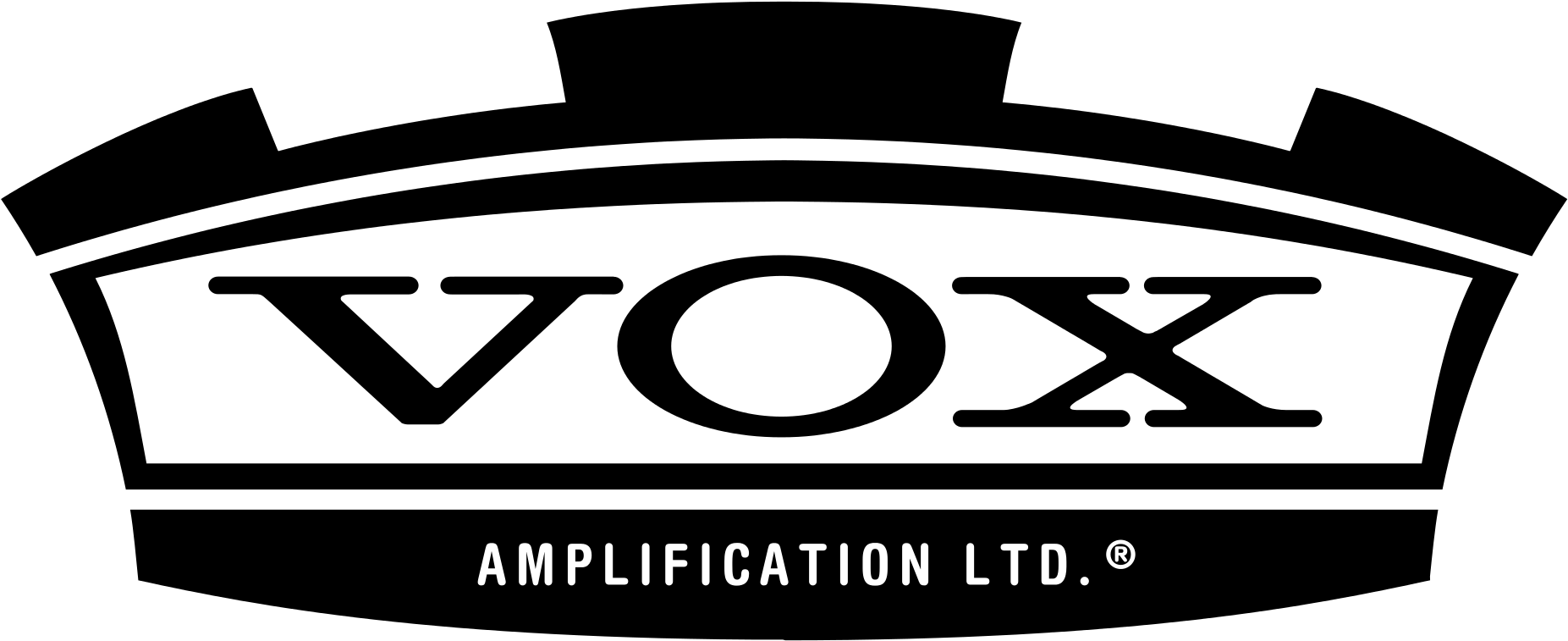
The Vox story began with Dick Denney, a young amplifier designer who began working for England’s JMI Corporation in 1957. A guitar player himself, Denney had his finger on the pulse of the rapidly evolving world of the electric guitar in the late '50s and started working with the JMI team to design an amplifier that could offer the volume and sustain that contemporary guitarists were craving. The result of their intense research was introduced to the world in January of 1958.
This amplifier, dubbed the AC1/15, marked the very first appearance of the Vox name on a guitar amp and the first step in an institution that has thrived for nearly 60 years. Later shortened to the AC15, this amplifier quickly became the choice of some of London’s top guitarists, including Vic Flick who used one on his iconic recording of the “James Bond Theme”.
With rock ‘n’ roll on the rise in the spring of 1960, Dick Denney and the Vox crew quickly recognized that London’s up-and-coming bands were craving more power from their amplifiers. Rather than design an entirely new amplifier from scratch, Denney decided to stick with what he knew was a winning design and doubled the power of his beloved AC15. To accommodate the increased power of this amplifier, Denney expanded the dimensions of the amplifier’s cabinet and added an additional speaker. The result was dubbed the AC30/4 Twin. Boasting 30 watts, two 12″ Celestion speakers, four inputs, and two channels — Normal and Vibrato — the AC30/4 Twin was a hit amongst the capital's musical trend makers and quickly established Vox as the most desired amplifier in Britain.
In July of 1962, two young lads from Liverpool would acquire their very first Vox amplifiers, an AC15 Twin and a Top Boost equipped AC30 Twin. Later that year, the group would emerge from the studio with a song called “Love Me Do” and change the world of popular music forever, the unforgettable sound of their jangling guitars becoming the standard for great guitar tone for decades. This song, and the frenzy that was to follow this young group in the months to come, would result in Vox becoming the most sought after guitar amplifier in the world.
The massive success achieved by Vox in the '60s laid the foundation for the legacy that continues to thrive 6 decades later. Many of the same amplifiers that artists relied on back then are still going strong today with models like the AC4, AC15, and AC30 still popular amongst guitarists seeking that classic chime.
Vox Amplification has also carried on the tradition of innovation began by Dick Denney in the late 1950’s, with many of the brand's current products incorporating sophisticated, cutting edge technology into their designs to achieve unprecedented tonal flexibility.


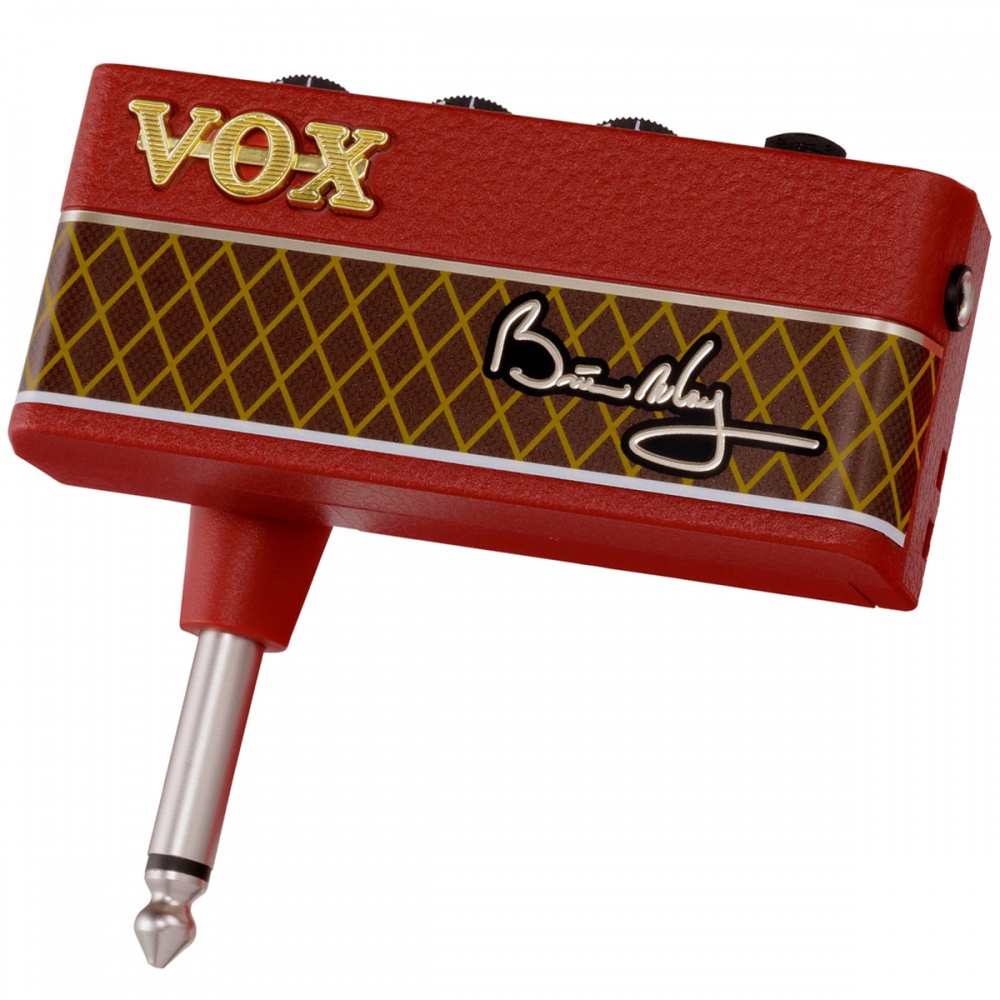
.jpg)
.jpg)
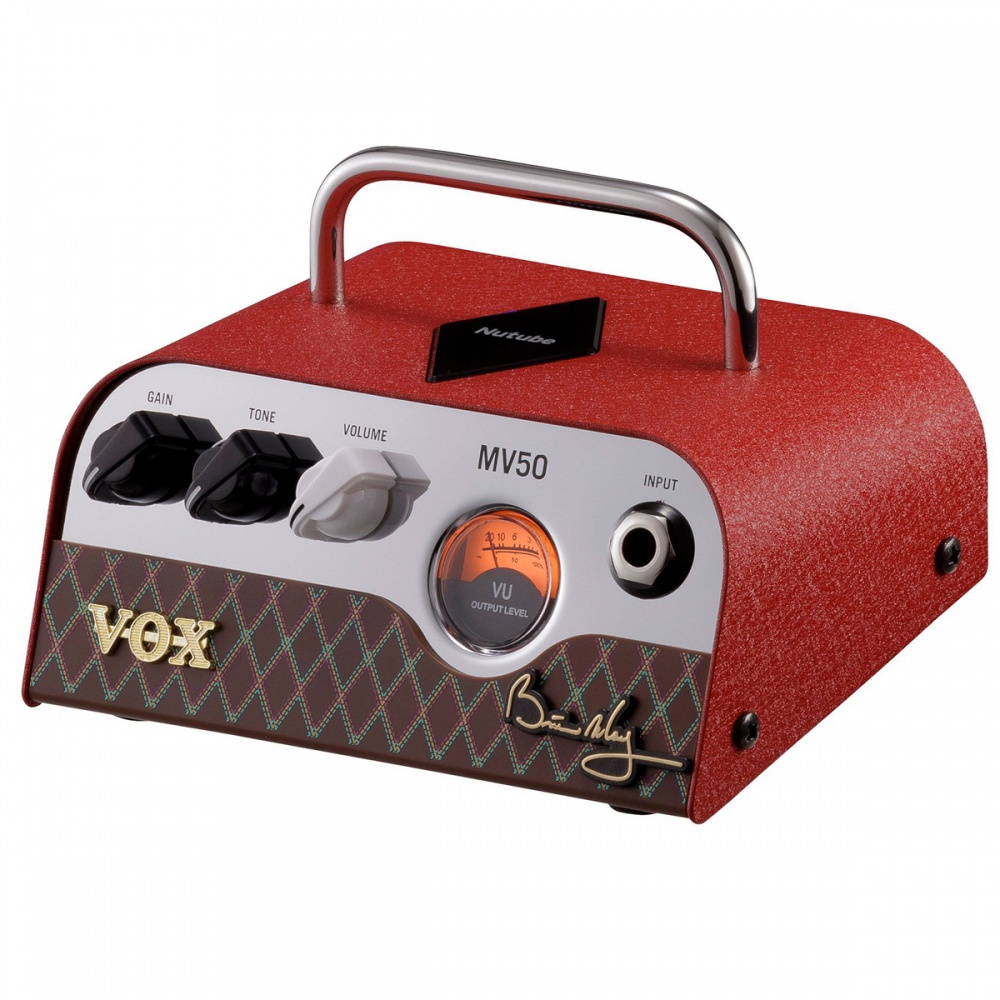
.jpg)
.jpg)
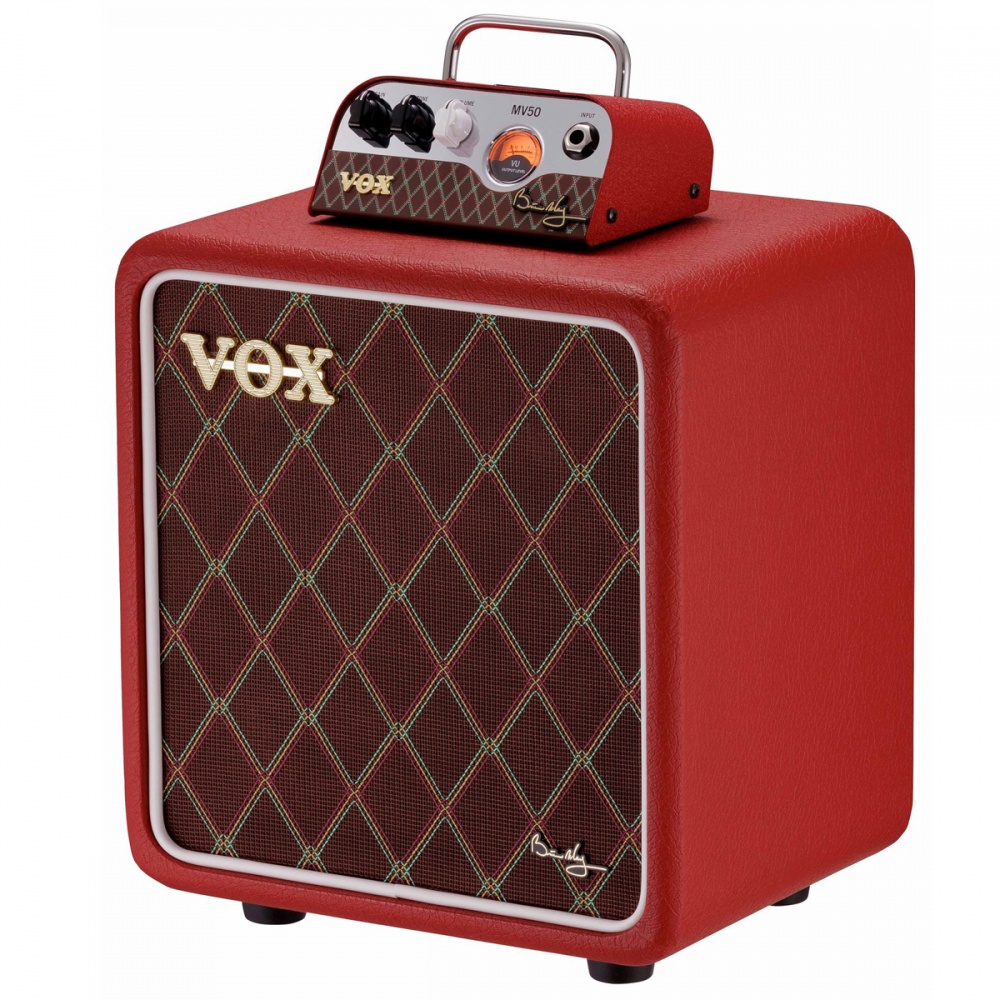
.jpg)
.jpg)
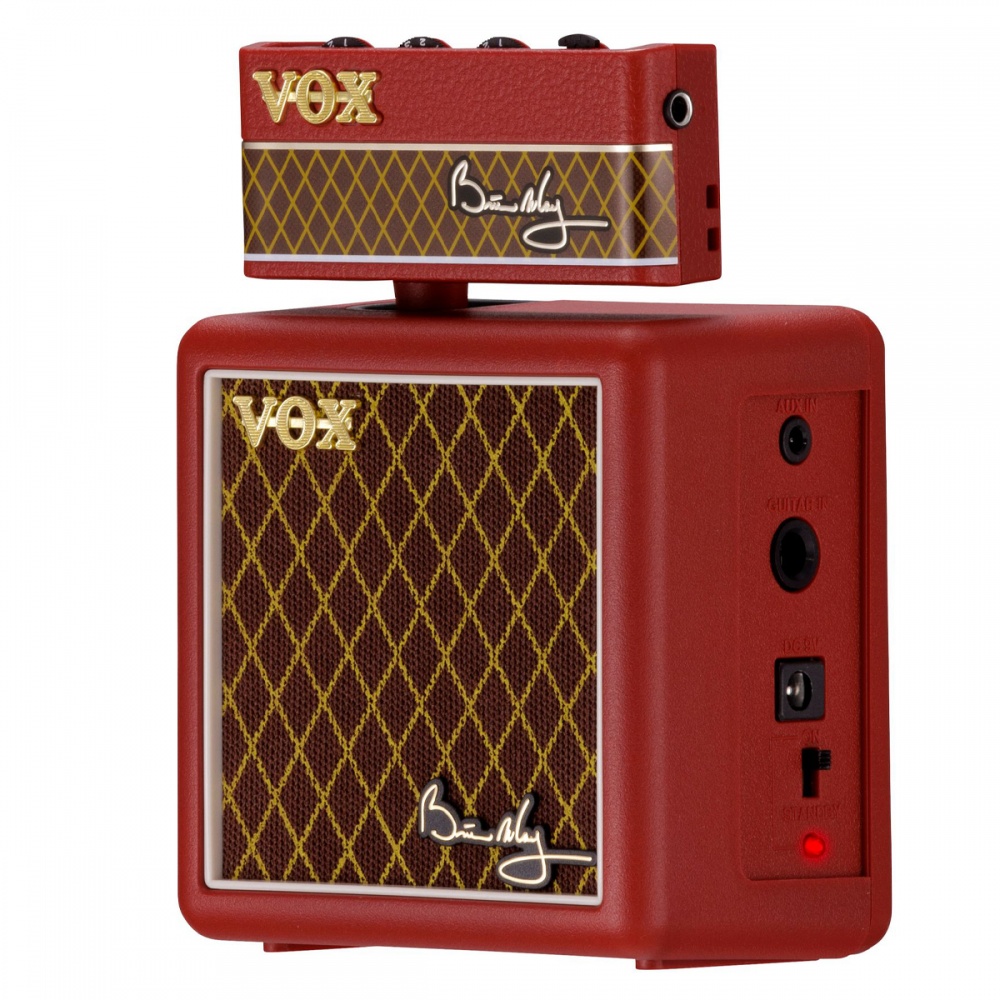
.jpg)
.jpg)
